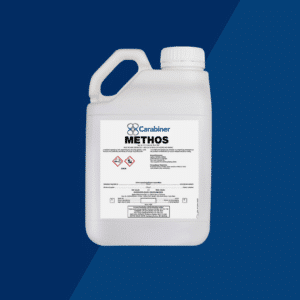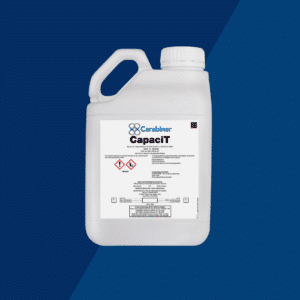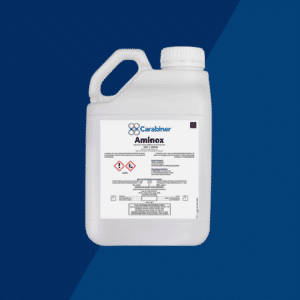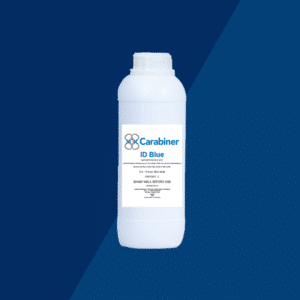Rangefinder GG
Description
Rangefinder GG is a systemic, soil applied granular herbicide for the control of certain tree and shrub species as listed.
Technical details
- Bromacil(Substituted Uracil)100 g/ kg GG
- Tebuthiuron(Urea compound)100 g/ kg GG
- Reg. No./Nr. L 9736
- N-AR 1656
Species
Acacia erubescens, Acacia karoo, Acacia mellifera, Acacia nigrescens, Acacia nilotica, Acacia tortillis, Colophospermum mopane, Dichrostachys cinerea, Grewia bicolor, Grewia flava, Terminalia sericea, Terminalia prunioides
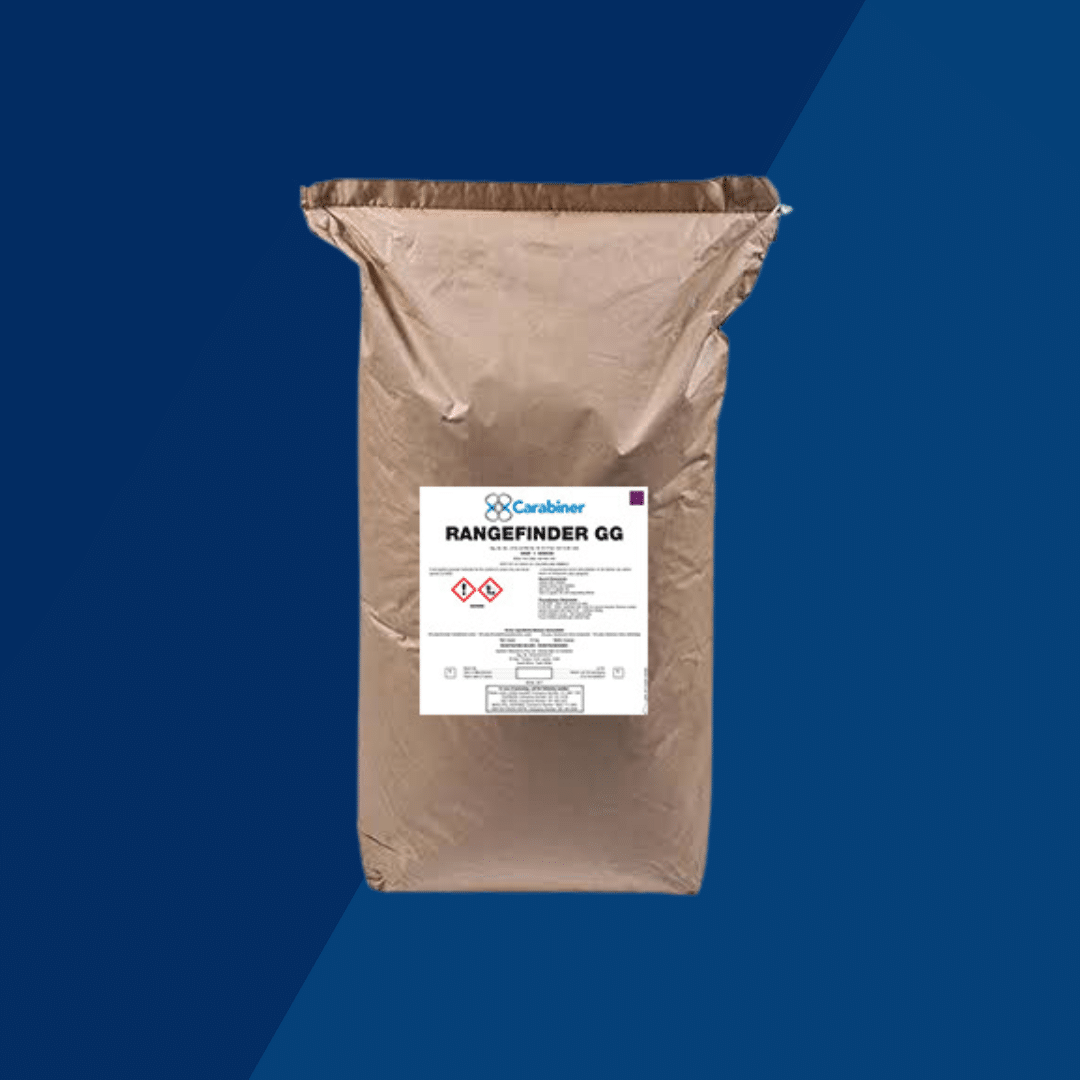
systemic, soil applied granular herbicide
Rangefinder GG is applied as a management tool to control bush encroachment to the extent that the grass can recover and enable better veld management. Follow-up treatment, especially on seedlings and re-growth is essential for the maintenance of vigorous grasslands which prevent the re-encroachment of woody plants. Increased grass production is dependent on an acceptable grazing management programme and adequate rainfall. It is essential to allow grasses to seed and to allow the seedlings to become established following treatment before grazing the treated area.
Although Rangefinder GG may be applied at any time of the year, treatments only become effective once sufficient rainfall has leached the chemical into the root zone where it can be taken up by the target plant. It is, therefore, recommended to apply Rangefinder GG just before, or at the beginning of the rainy season in order to obtain the best results. Rangefinder GG is slow acting and susceptible species may take up to 24 months to die, depending on the soil texture, species and effective rainfall.
Weigh out the recommended quantity of Rangefinder GG and distribute it evenly over the canopy of the target plant. The treatment must be applied to the area where the feeder roots are located. Treated plants should exhibit repeated yellowing, defoliation, and regrowth with progressive die-back until death occurs. Therefore, a second application is not recommended within 24 months or until the symptoms of defoliation no longer occur.
Although Rangefinder GG is not normally prone to excessive leaching, some product loss may occur in conjunction with abnormally high rainfall which may influence efficacy due to product loss. Vachelia species ( nilotica, erubescens, karoo, mellifera, nigrescens, tortilis ) as well as Dichrostachys cinerea (sickle bush) are some of many species which are very effectively controlled by Rangefinder GG.
Seedlings of the above-mentioned plants may need a follow-up spot treatment. Where Grewia flava (wild raisin) is an dominant species of the area, the aerial application of Rangefinder GG is not recommended. Reported field half- lives are from 12 to 15 months in high rainfall areas, longer in drier areas or in soils with high organic matter content. Rangefinder GG is broken down slowly in the soil through microbial degradation. Rangefinder GG may cause injury to annual grasses and seedling grasses with slight injury to established perennial grasses. These symptoms should be transient in nature and grass production will usually increase as the tree and shrub competition is reduced. The recommended application rates are for soils with a clay content of 10-40%.
The residual action of Rangefinder GG in the treated area may be reduced if fire occurs within 36 months of application. Rangefinder GG should not be used in areas near trees or other desirable plants, or where their roots are present, as Rangefinder GG may leach into the root zone of these plants and cause severe injury or death of these plants.
Do not apply Rangefinder GG as an aerial application more than once a year in the same area.
Kindly refer to the product label for more information and precautions.

